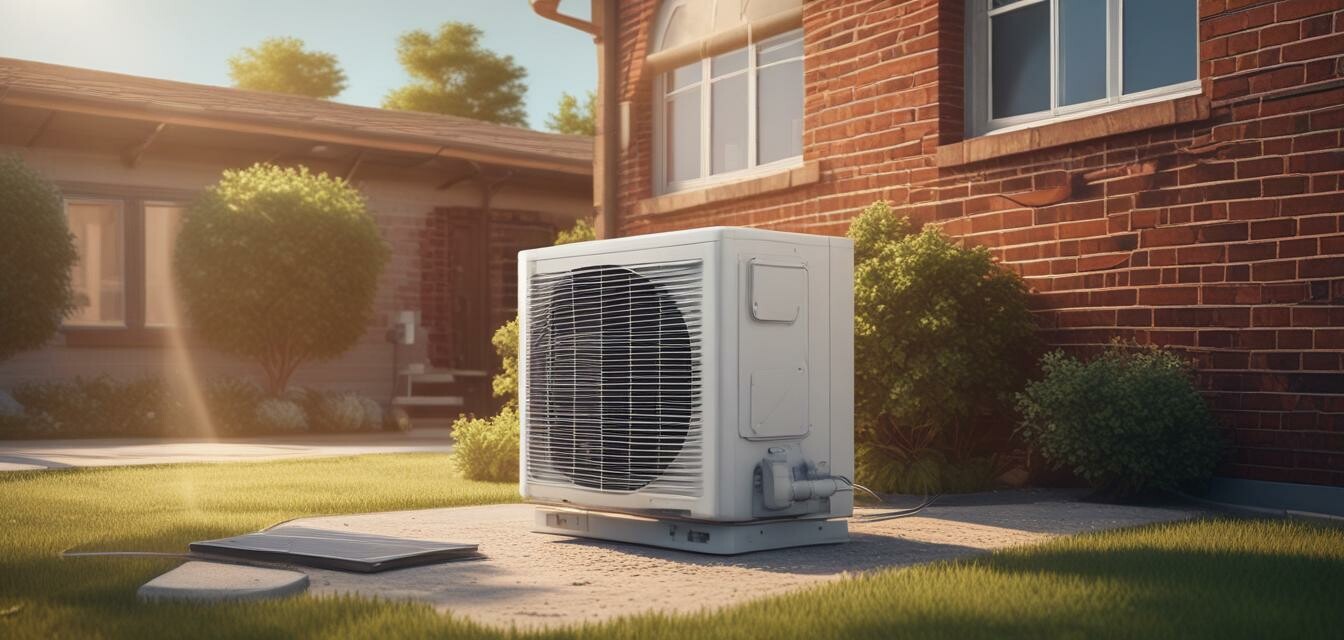
Building a Solar-Powered Air Conditioner: A Complete Guide
Key Takeaways
- Solar-powered air conditioning systems can significantly reduce energy costs.
- Building your own system allows for customization according to your needs.
- A step-by-step approach ensures a successful assembly for beginners.
- Understanding solar panel sizes and energy output is crucial.
- Safety precautions are important when working with electrical components.
Are you tired of rising energy bills during the hot summer months? Looking to create a comfortable living environment off the grid? This complete guide will provide you with step-by-step instructions on how to build an energy-efficient, solar-powered air conditioning system for your home. Let’s dive in!
Understanding Solar-Powered Air Conditioners
A solar-powered air conditioner operates by harnessing energy from solar panels to cool your home. This renewable energy solution not only provides comfort but also helps in achieving grid independence.
Components Needed
Before you begin, ensure you have all the necessary components:
| Component | Description |
|---|---|
| Solar Panels | Convert sunlight into electricity to power the AC unit. |
| Inverter | Converts DC from solar panels to AC for the air conditioner. |
| Battery Storage | Stores excess energy for use when sunlight is not available. |
| Charge Controller | Regulates voltage and current from solar panels to batteries. |
| Energy-Efficient Air Conditioner | Select an AC unit that operates efficiently with lower energy consumption. |
Step-by-Step Guide to Building Your Solar-Powered Air Conditioner
1. Assess Your Energy Needs
Before purchasing your components, calculate the energy requirements of your air conditioning unit by checking its energy consumption.
2. Selecting the Right Solar Panels
Choose solar panels that can deliver sufficient energy. Consider the following:
- Wattage needed.
- Physical size of the panels.
- Type of solar technology (monocrystalline vs. polycrystalline).
3. Install Solar Panels
Follow these basic installation steps:
- Choose a suitable location with maximum sun exposure.
- Mount the solar panels securely to your roof or ground frame.
- Connect the panels using the correct wiring.
4. Setting Up Battery Storage
To ensure your AC unit operates even at night, install a battery bank:
- Place batteries in a well-ventilated area.
- Use thick cables to connect batteries to the inverter.
5. Connect the Inverter and Charge Controller
The inverter converts the DC power to AC. Ensure to:
- Connect the solar panels to the charge controller.
- Link the charge controller to your battery bank.
- Finally, connect the batteries to the inverter.
6. Install Your Air Conditioning Unit
Once everything is wired correctly, install your energy-efficient AC unit as per the manufacturer's guidelines.
Tips for Efficient Operation
Efficiency Tips
- Position solar panels at an angle for maximum sun exposure.
- Regularly clean your solar panels to optimize performance.
- Consider thermal insulation for your home to keep it cooler.
Maintaining Your Solar-Powered Air Conditioner
Keep your system running efficiently with regular maintenance:
- Inspect wiring and connections annually.
- Check battery health and replace as needed.
- Service the air conditioning unit as recommended.
Conclusion
Building your solar-powered air conditioner is not only a great DIY project but also a significant step towards achieving energy independence. For more tips and guidance, check out our DIY projects section.
Pros
- Reduces electricity costs significantly.
- Utilizes renewable energy sources.
- Increases property value.
- Gives independence from the electrical grid.
Cons
- Initial setup costs can be high.
- Weather-dependent; requires sunlight.
- Complex installation may require professional help.



